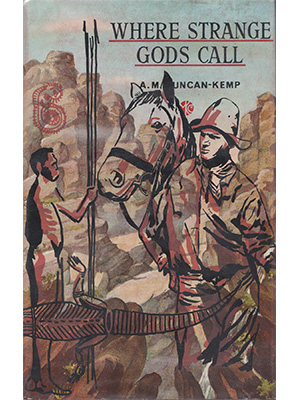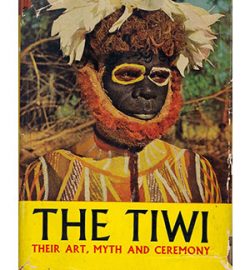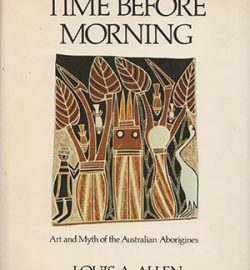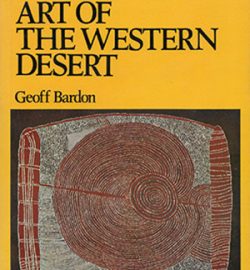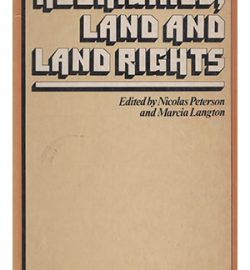This book describes in rich and absorbing detail the Channel Country world of the author — the far south-west of Queensland and the north of South Australia where lie the mighty cattle kingdoms. Few, apart from the Aborigines, know the Channel Country as does the author — its climates and its moods, its secret trails and the creatures that use them, its shadowy blue ranges and its rugged stony slopes, its maze of water-bearing streams and gullies — in good seasons the far-from-simple network of irrigation channels provided by Nature to carry silt and seed and water across the land, its shy tribesmen who lived in three worlds ruled by strange gods, self-contained but connected by spirit-links all rigidly inaccessible except to the initiate and those favoured few white folk who know the Aborigines well.
In its dangers and discomforts, and above all in the unwritten laws of its wild society, Alice Duncan finds a deep personal fulfillment. Mrs Duncan-Kemp’s colourful and fascinating book shows what Australia and the world has already lost, and could lose beyond recall by their passing unrecorded. In the midst of this area lies an old cattle station, “Mooraberrie”, owned by her parents from the early 1890s, and where Alice Duncan was born and grew up. ‘Where Strange Gods Call’ tells of her love for this, then, remote spot, the Kirrenderri of the aboriginal tribes that once roamed and had their being there. It portrays adventures and experiences unusual in any language and in any walk of life. It is a narrative which threads its way through a vast and colourful canvas – a story (or many stories within a story) which divulges as many secrets of the country’s mysteries and aboriginal people as it recounts exciting encounters with wild cattle, sudden floods and a wild untamed land, written by a person with rare insight and experience in these little-known areas.
Alice Duncan has told more than the tales of growing up on an outback cattle station. This, her fourth book, is at the same time an important study of natural history and of the aboriginal tribes who were associated in these adventures. It is a vivid account of men and women against nature, of survival, of the dangers as well as the pleasures of the seldom trodden tracks, and of making the pioneers’ lonely way over the trackless sandhill and channel country.’

